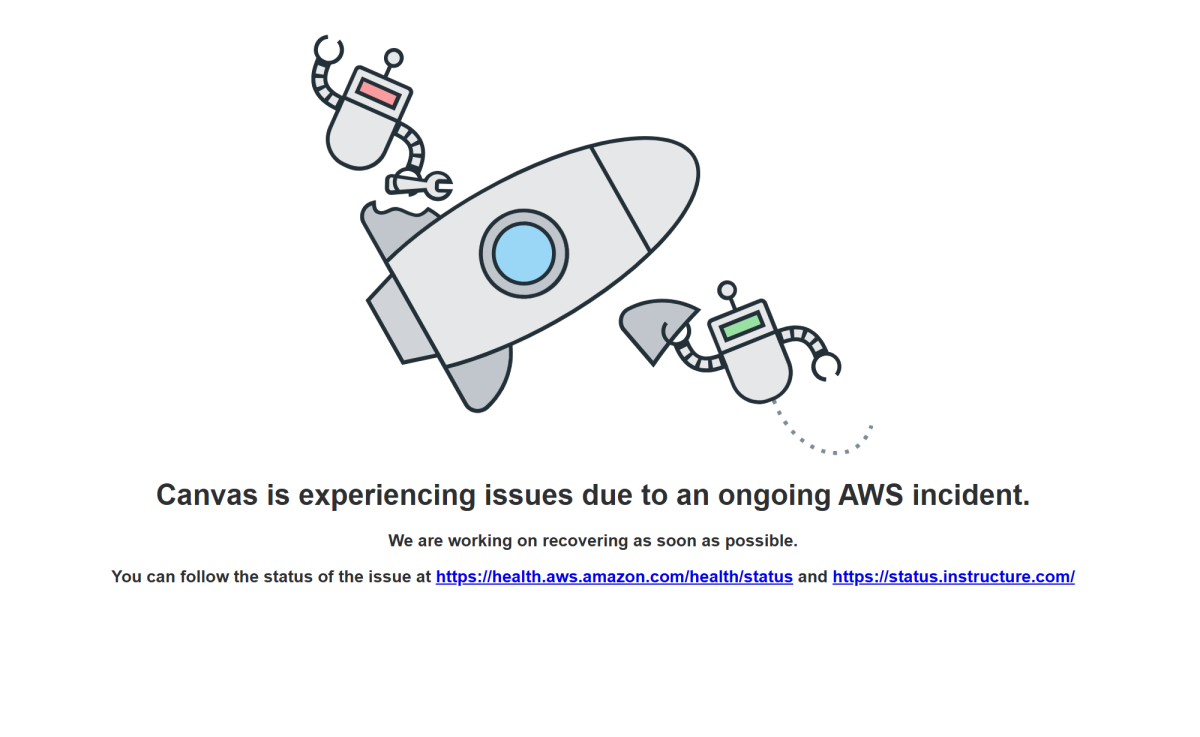As an addictive trend in contemporary youth, Juuling, vaping and the use of other electronic cigarettes (e-cigarettes) have caused both physical and mental damage to the bodies of people, both young and old. E-cigarettes are electronic devices that heat a liquid and produce an aerosol, or mix of small particles, in the air. Users inhale e-cigarette aerosol into their lungs. One of these e-cigarette devices is called a Juul. JUUL is a brand of e-cigarette that is shaped like a USB flash drive. One of the problems with e-cigarette use in young adults is that it is incredibly popular.
Due to the vast amount of flavoring that e-cigarette companies use in their devices, youth are often attracted to these products. It has been proposed by the U.S. government that flavored Juul pods be banned, but it is unlikely that this will stop the trend, due to addiction and withdrawal from customers. The Center for Disease Control and Prevention (CDC) reported that according to the manufacturer, a single JUUL pod contains as much nicotine as a pack of twenty regular cigarettes. Due to the timing of nicotine exposure, the adolescent brain is negatively affected by tobacco because it alters the function of receptors and neurotransmitters such as dopamine and serotonin. Furthermore, research from the CDC shows that smoking during adolescence increases the risk of developing psychiatric disorders and cognitive impairment later in life. Nicotine largely affects the area of the brain responsible for attention, memory, learning and brain plasticity.
Even recent cases of e-cigarette related deaths have become evident to the public and make this issue a concern for younger generations. There is still so much about the medical effects of e-cigarettes that doctors, scientists and customers still do not know. Countless stories of death and severe disease due to juuling or e-cigarette use have covered news outlets as well as social media. The CDC said last week that “2,500 people in the U.S. have been struck with lung illnesses tied to vaping THC or using e-cigarettes, in 49 states and one territory. The illnesses have claimed 54 lives, and doctors and other health experts fear there could be more on the way.” Unfortunately, there is not much that doctors know in order to help these people. The American Cancer Society states that “While the possible long-term health effects of e-cigarettes aren’t yet clear, there have been recent reports of serious lung disease in some people using e-cigarettes or other vaping devices.” A list of symptoms goes on to even include fatigue, breathing problems and vomit. Ann Lyons, a freshman nursing major, commented on the epidemic saying, “I’ve seen it affect many friends who are highly dependent and are too afraid to seek help or acknowledge the serious health effects.”
The recent trend in both Juuls and vapes have created a generation with lung disease and a serious addiction to nicotine, all caused by the device people place in their mouth. Because of the damaging effects, there have been cutbacks to advertising, distribution and laws. But is it enough? Healthcare employees and scientists have argued the safety of e-cigarette devices, while politicians have briefly debated the legal grounds on outlawing them. In the meantime, there is an increasing amount of people’s health being damaged by the harmful effects that were created by replacing cigarettes.
You can find more about vaping, juuling and its harm to the body on Clemson’s Student Health Services’ website. The Counseling and Psychological Services (CAPS) also offers free, confidential addiction counseling to students at the Redfern walk-in clinic.









